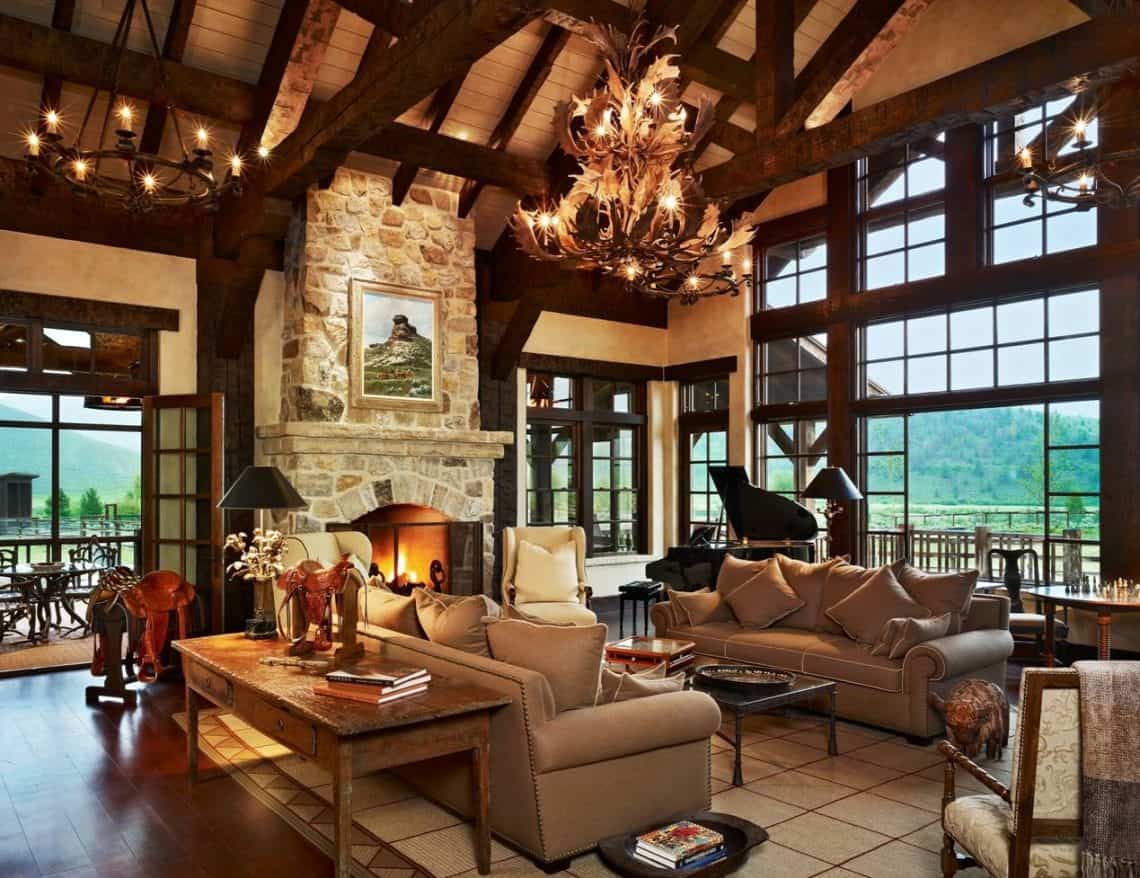Welcome to our journey through the enchanting world of Western decorated homes! As someone who has personally embraced this unique style, I’m excited to share my insights, tips, and personal experiences to help you create a warm and inviting space that reflects the beauty of the West. Let’s dive deep into the elements that make up Western decor, the advantages and disadvantages, and how you can seamlessly incorporate this style into your home.
Understanding Western Decor
Western decor draws inspiration from the American frontier, often characterized by rustic elements, earthy colors, and textures that evoke a sense of warmth and comfort. It pays homage to the cowboy culture, Native American influences, and the breathtaking landscapes of the West.
The Roots of Western Decor
Historically, Western decor can be traced back to the early pioneers and settlers who needed durable, functional furniture made from available materials. This necessity led to a style that balances practicality with aesthetic appeal.
Main Elements of Western Decor
- Natural materials (wood, leather, stone)
- Warm, earthy color palettes
- Rustic furniture and textiles
- Western-themed accessories (hats, boots, artwork)
Key Characteristics of Western Decor
To truly embrace Western decor in your home, it’s essential to understand its defining features. Here are the key characteristics that set this style apart:
Color Palette
The color palette of Western decor is inspired by nature. Expect to see earthy tones like browns, reds, greens, and soft neutrals. Accent with bold hues like turquoise and deep orange to capture that quintessential Western spirit.
Materials Used
Natural materials play a significant role in Western styling. Look for:
- Reclaimed wood for furniture and flooring
- Leather accents in chairs, sofas, and cushions
- Stone elements for fireplaces and walls
Furniture Style
Western furniture is often bulky and handcrafted, embodying a rustic charm. Key pieces include:
| Furniture Type | Features | Examples |
|---|---|---|
| Dining Tables | Heavy, wooden, often with a distressed finish | Farmhouse tables, rustic cedar tables |
| Chairs & Sofa | Leather upholstery, oversized, cozy | Western-style leather sofas, rocking chairs |
| Coffee Tables | Worn wood, sometimes with wheels or metal accents | Log coffee tables, reclaimed wood tables |
Incorporating Western Decor into Your Home
Now that you have a grasp of what Western decor entails, let’s discuss how you can incorporate these elements into your own living space.
Start with the Right Colors
Select a color scheme that resonates with the Western theme. You might choose a soft beige or taupe for the walls, complemented by rich brown furniture. Adding splashes of turquoise in accessories can elevate the look.
Choose the Right Furniture
Opt for sturdy, multifunctional furniture made of natural materials. When picking out your pieces, consider the following:
- Look for handcrafted options that speak to your personal story.
- Consider rustic finishes; distressed wood adds character.
- Incorporate leather upholstery for added comfort and style.
Accessorize Thoughtfully
Accessories can make or break your Western decor. Here are some thoughtful ways to accessorize:
- Display Western art, like landscapes or cowboy-themed pieces.
- Add textiles like woven rugs and patterned throw pillows.
- Utilize decorative items such as horse saddles, vintage boots, and Native American pottery.
Pros and Cons of Western Decor
Like any design style, Western decor has its pros and cons. Here’s a breakdown:
| Pros | Cons |
|---|---|
| Creates a warm and inviting atmosphere | Can feel too rustic if not balanced |
| Timeless appeal that never goes out of style | May require expensive materials like leather and wood |
| Extensive variety of design elements | Can be difficult to modernize without losing character |
Bringing Western Decor to Life: Personal Experience
When I first moved into my home, I decided to incorporate Western decor after falling in love with its rustic elegance during a trip to a ranch in Wyoming. The experience was transformative, and I’ve made my home a reflection of those beautiful landscapes and cultures.
From sourcing unique wood pieces at local markets to adding handmade quilts from my travels, the process has been both fulfilling and creative. Here are some tips I learned along the way:
- Don’t rush the process; collect items that speak to you.
- Mix new pieces with vintage finds for a layered look.
- Use plants to soften hard surfaces and add fresh life.
FAQs About Western Decorated Homes
What are the best colors for Western decor?
The best colors for Western decor are earthy tones like browns, greens, and reds, complemented by bold accents such as turquoise or deep orange.
How can I make a small space feel Western?
Use light colors for the walls, incorporate mirrors to create depth, and choose space-saving furniture with rustic charm.

Are there modern touches I can add to Western decor?
Absolutely! Consider modern art pieces, contemporary lighting fixtures, and sleek furniture lines to create a modern twist on traditional Western decor.
Can Western decor work in urban settings?
Yes! Urban homes can incorporate Western decor through the use of rustic elements like reclaimed wood furniture, Western-themed artwork, and relevant textiles.
